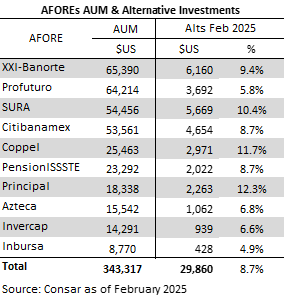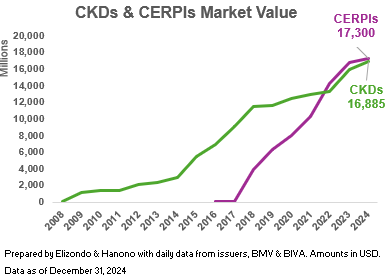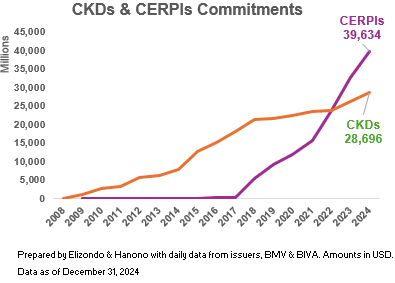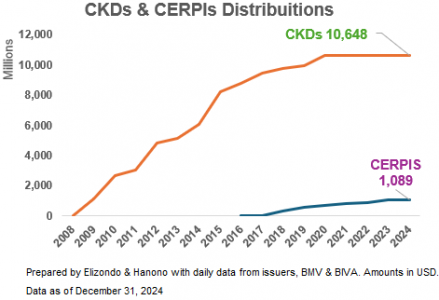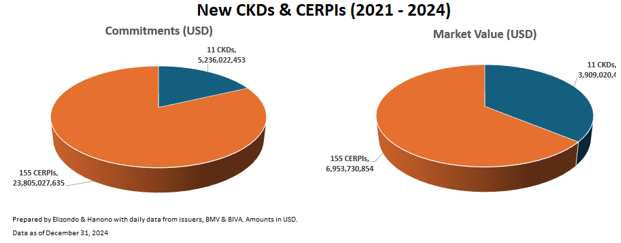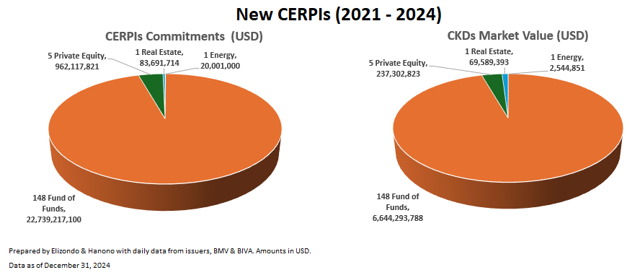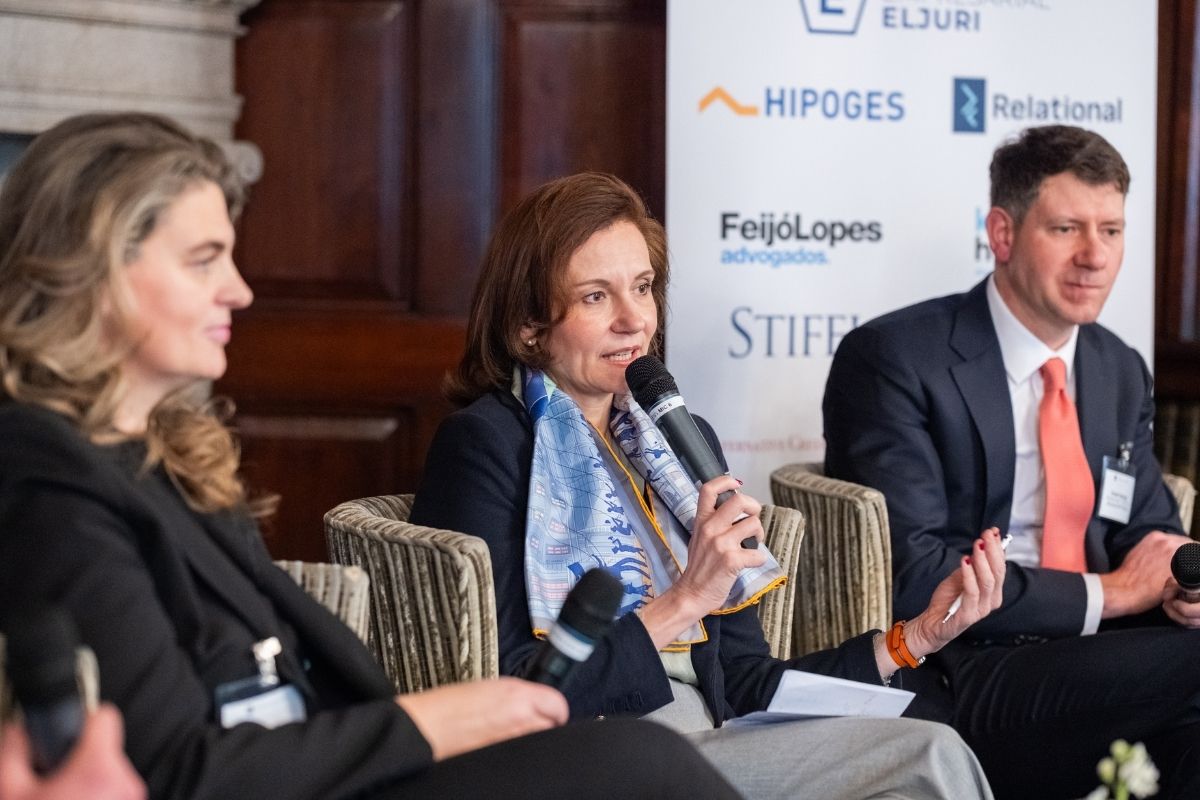The Dollar Moves From Doubts to Recovery: Are We Heading Toward a Tripolar World?
| By Amaya Uriarte | 0 Comentarios

The Fed gave the dollar a lift last week by keeping its monetary policy unchanged and signaling that it is in no rush to cut interest rates in upcoming meetings. According to experts, from January to March 25, 2025, the U.S. dollar has shown a weakening trend against the euro. Specifically, the exchange rate moved from 1.0352 dollars/euro to 1.0942 dollars/euro on March 18. Will the dollar be able to maintain its historic leadership?
“In this world, the dollar reigns because it is perceived as the least risky currency. Internationally, there’s an anti-Gresham’s law whereby good money drives out bad money, and the good one is the dollar. In this context, the euro has tried in vain to compete with it, and the BRICs’ attempt to create another currency has been inconclusive,” says Philippe Waechter, Chief Economist at Ostrum Asset Management, an affiliate of Natixis IM.
In his view, the world is changing, and the imbalances that now characterize it no longer point toward an expansion of globalization, but rather toward a more localized refocus. “The U.S. is adopting a more isolationist policy with China and Europe, which are not considered allies on the international stage. This new approach, forced by Washington, could translate into a form of distrust toward U.S. values and the dollar. A more vertical world, reinforced borders, and reduced trust in the greenback are ingredients that favor the formation of a kind of tripolar world. A long time ago, economists envisioned such a tripolar framework. Each pole would focus on a country (the United States and China) and a geographic region (the eurozone), but also on a currency. Countries tied to the reference country would have a fixed exchange rate with the reference currency, which would fluctuate against the other two,” theorizes Waechter.
A Weak Dollar: A Risky Bet
The dollar is the cornerstone of the global financial system, and its strength has historically been a stabilizing factor for international markets and a safe haven in times of crisis. However, according to José Manuel Marín, economist and founder of Fortuna SFP, the new devaluation strategy aimed at making U.S. exports more competitive could undermine global confidence in the currency.
“Lower confidence in the dollar could trigger capital flight and inflationary pressures in the United States. In addition, countries holding dollar reserves could begin to diversify them, further weakening its position as the global reference currency. This would create an environment of instability in international financial markets, where the dollar would cease to be the ultimate safe asset,” explains Marín.
The economist recalls that historically, dollar weakness has been a tool used by the U.S. during times of crisis, but it has also brought unintended consequences, such as more expensive imports and an increase in the cost of living for Americans. “It could also encourage other nations to strengthen their currencies or seek alternatives to the dollar-based system, weakening U.S. financial hegemony in the long term,” he adds.
The Fed Breathes Life Into a Recovering Dollar
Leaving theory aside, what we’ve seen is that last week, the dollar regained ground against major currencies, driven by the Fed’s hawkish stance and some fairly encouraging U.S. data. “Investors’ main fear lately has been that Trump’s unpredictable tariff statements could send the U.S. economy into a sharp and uncontrolled downturn. So far, at least, this hasn’t shown up in the data, as last week’s labor and housing market reports surprised to the upside. Preliminary March PMI figures could go a long way toward easing recession fears. However, all eyes will be on the presentation of reciprocal tariffs scheduled for next week, which is the next major risk event for financial markets,” explains Ebury in its latest report.
This recovery seems to be continuing. “The dollar continues to advance against the common currency as investors digest last week’s Fed meeting. Likewise, comments from Atlanta Fed President Raphael Bostic encouraged greenback buying, as he noted yesterday that he expects only one rate cut this year. With all this, the euro/dollar pair, already down for four consecutive sessions, fell another -0.1% on Tuesday morning, settling at 1.079 euro/dollar. Meanwhile, the euro/pound pair is currently flat. After falling -0.2% yesterday, the euro/pound remains steady at 0.836 euro/pound,” notes Banca March in its daily report.
A New Era for the Euro?
According to experts, the U.S. dollar is one of the victims of Trump’s erratic policy, which also jeopardizes its role as a safe-haven asset. “At the same time, the new European context has created room for improved sentiment toward the euro. For this reason, we have revised our euro/dollar exchange rate forecast upward to 1.05 for both the 3- and 12-month horizons. As long as Trump maintains his aggressive tariff strategy and is willing to endure economic pain, the dollar will remain constrained, even if the U.S. retains its interest rate advantage and cyclical strength,” explains David A. Meier, economist at Julius Baer.
In this regard, the euro seems to have taken a constructive turn. According to Claudio Wewel, currency strategist at J. Safra Sarasin Sustainable AM, Germany’s historic fiscal shift has significantly improved the euro’s growth outlook and challenges their previously negative view of the currency. “The sharp rise in Bund yields has significantly strengthened support for the euro against the U.S. dollar, though to a lesser extent against the Swiss franc, in our view. However, markets continue to overlook the risk of political setbacks, including a potential repeal by the German Constitutional Court. In addition, Vladimir Putin has expressed reservations about Ukraine’s proposal for a temporary ceasefire, reducing hopes for a near-term peace deal. Finally, the euro’s tariff risk premium remains relatively low, making it vulnerable to a possible escalation of the trade war between the U.S. and the EU,” he concludes.


